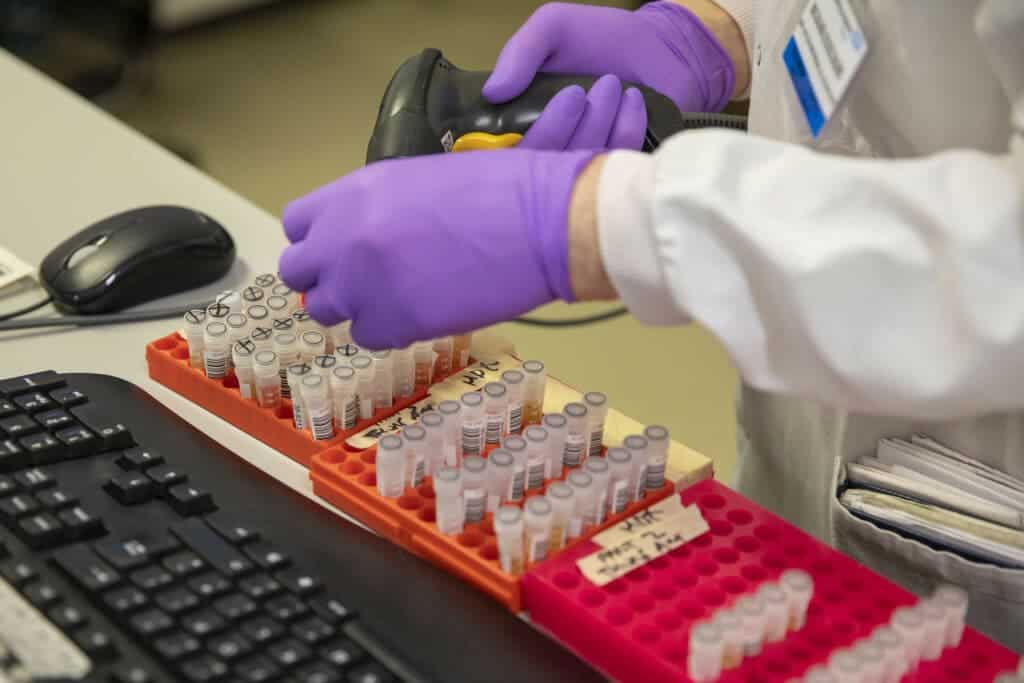The pandemic has produced a need for faster, cheaper, and reliable COVID-19 tests. Now, using the genetic editing technique known as CRISPR and the so-called “lab on a chip” technology, researchers from Stanford University have developed an automated device that can detect the presence of the novel coronavirus in 30 minutes.

Early-stage screening and rapid identification of infected patients are important during pandemics, allowing authorities to treat the infected and to control disease spread. The frontline diagnostic tool for COVID-19 has so far been the PCR test. While they are specific and sensitive, these tests can also be laborious and time-consuming, as they were designed for use in large laboratories.
The CRISPR method offers new ways for rapid and accurate pathogen detection. Despite their versatility and specificity, existing CRISPR diagnostic methods suffer from the requirements of up-front nucleic acid extraction, large reagent volumes, and several manual steps. This prolongs the process and impedes its use in low-resource settings.
With that in mind, researchers at Stanford have combined microfluidics, on-chip electric field control, and CRISPR to directly address the limitations of current CRISPR diagnostic methods. They applied their method to the rapid detection of SARS-CoV-2 in clinical samples, with results in just half-an-hour.
“Our test can identify an active infection relatively quickly and cheaply. It’s also not reliant on antibodies like many tests, which only indicates if someone has had the disease, and not whether they are currently infected and therefore contagious,” said Ashwin Ramachandran, the study’s first author, in a statement.
The test takes advantage of the fact that coronaviruses like SARS-COV-2 leave behind very small genetic fingerprints wherever they go in the form of strands of RNA, the genetic precursor of DNA. If the coronavirus’s RNA is present in a swab sample, the person from whom the sample was taken is infected.
To use it, liquid from a nasal swab sample is dropped into the microlab, which uses electric fields to extract and purify any nucleic acids like RNA that it might contain. The purified RNA is converted into DNA and then replicated many times over using a technique known as isothermal amplification.
The team then used an enzyme called CRISPR-Cas12 to determine if any of the amplified DNA came from the coronavirus. If that’s the case, an enzyme triggers fluorescent probes that cause the sample to glow. Electric fields play a big role, helping concentrate all the ingredients into a small space, boosting their interaction.
Several human-scale diagnostic tests use similar gene amplification and enzyme techniques, but they are slower and more expensive than the new test, which provides results in just 30 minutes. Other tests can require more manual steps and can take several hours. That’s why this new development could have significant potential.
The researchers said their approach can be adapted to detect other harmful microbes apart from COVID-19, such as E-coli in food or water samples, or even tuberculosis. For now, the DNA amplification has to be performed outside the chip, but they hope that in a few months furthers studies will allow them to carry out every step on the chip.
The study was published in the journal PNAS.






